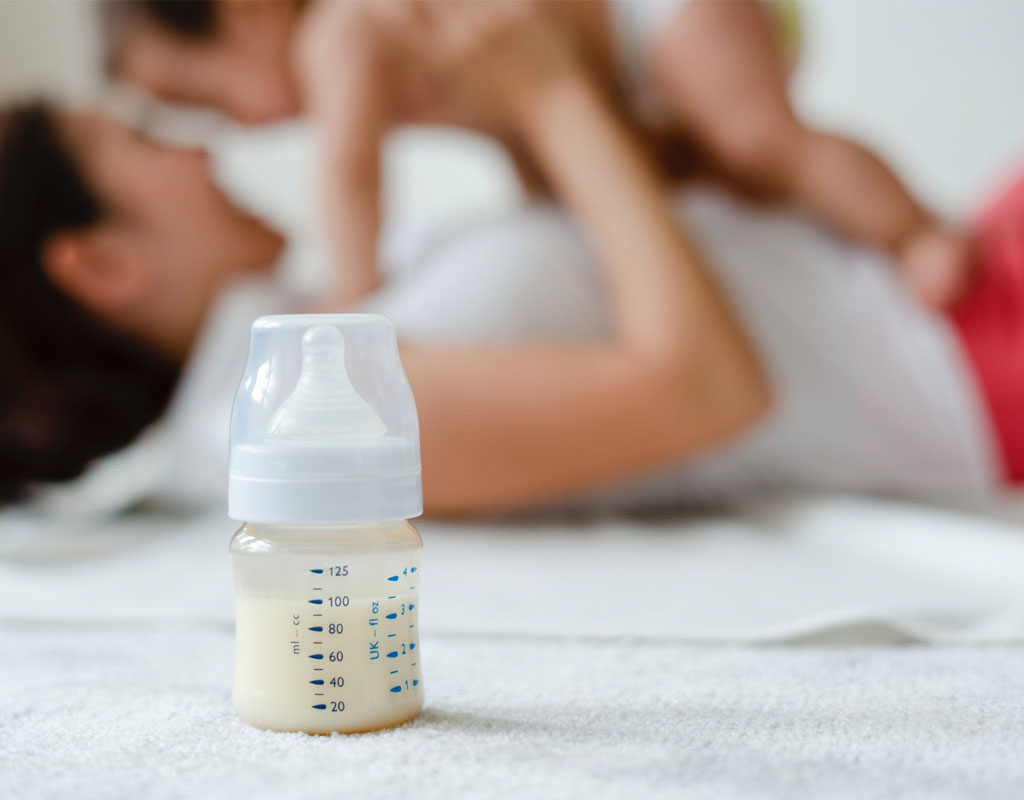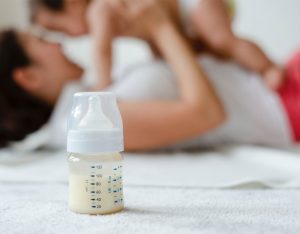
 Returning to exercise post-partum
Returning to exercise post-partum
After having your baby, exercise is something that most new mothers look forward to, however with limited sleep and busy routines regular exercise can seem difficult. At Q Pilates, our Baby & Mama exercise classes run in a relaxed and supportive environment with your baby and helps address the changes to the body that occur during pregnancy to help you recover from birth and regain your strength and confidence.
The Baby & Mama exercises programmed are low-impact which is the optimal form of exercise after giving birth, to account for the relaxin hormones circulating in the body which causes ligamentous laxity and increased risk of some injuries. Some women return to high impact exercises such as running and jumping before their body is ready and risk pelvic floor weakness and prolapse. It is very important to strengthen your pelvic floor and deep abdominal muscles before returning to any high impact exercise and Pilates is the perfect form of exercise to do so. While exercising under guidance by a Physiotherapist, you will receive guidance as to when it is safe for you to return to these types of sports.
There are a number of benefits of attending Baby & Mama classes. You will learn how to properly engage your pelvic floor muscles and strengthen them over time. If you have a degree of abdominal separation, this can be significantly reduced by correct activation of the deep abdominal muscles throughout your Pilates class. As well as core muscle retraining we focus on facilitating the whole body strengthening, flexibility and posture. Postural control is important in the early months after having your baby due to the changes in your centre of gravity during your pregnancy and sustaining uncomfortable postures while feeding and settling your baby. Finally, exercise can increase your energy level, improve the quality of your sleep and help with your overall psychological and emotional wellbeing. Most mothers find that being around other mums and their bubs in the class really lift their mood and self-esteem.
We welcome mothers and their babies from 6 weeks of age to come along to group Baby & Mama classes until bubs reach an age where they are perhaps too mobile for the group class. To check that you are ready you will have a 30-minute individual assessment with a Physiotherapist during which we will use diagnostic ultrasound to assess the strength and activation of your pelvic floor and deep abdominal muscles. We will also check and measure any abdominal separation you may have post pregnancy. The importance of this individual assessment is so that the Physiotherapist will know which exercises are appropriate for you and be able to adjust the exercises as required.
Babies!!!! Yes, they are a very important part of our Baby & Mama Pilates class structure. If your baby is awake and happy you may choose to incorporate them into the workout and use them as a weight for strengthing your arms and legs. However, there is no pressure to involve your baby. They may be sleeping blissfully in the pram, lying happily on the mat or upset and need a cuddle. We are more than happy to nurse your little one while you continue your pilates. Each and every class is different. It depends on the babies, the mums and what is happening on that particular day. We like to mix it up and can be very flexible with our exercises and class structure.
Please note if you are suffering more significant issues such as Pelvic floor prolapse, major abdominal separation, other injuries or significant back pain you may be more appropriate for our Physiotherapist-run exercise service where you will receive an individual program tailored to your personal needs and will focus on your rehabilitation closely with the Physiotherapist without your baby in attendance.
We look forward to meeting you and your new baby and being a part of your post-natal recovery and exercise journey.
References:
Q Pilates Blog “Why do I need to do Pelvic Floor Exercises?” – http://qpilates.net.au/why-do-i-need-to-do-pelvic-floor-exercises/
Q Pilates Blog “Rectus Diastasis”- ( http://qpilates.net.au/rectus-diastasis-dra-tummy-muscles-separated-pregnancy/
Effects of exercise on diastasis of the rectus abdominis muscle in the antenatal and postnatal periods: a systematic review: D.R.Benjamin, A.T.M. van de Water, C.L. Peiris. Physiotherapy 100 (2014) 1-8
Effect of postpartum exercise on mothers and their offspring: a review of the literature: Dawnine Enette Larson-Meyer. Obesity research/ Volume 10, Issue 8
Pilates and pregnancy: Balogh A. RCM Midwives 2005 May; 8(5): 220-2

